Eating tea fun 丨 red water oolong
Author:Bookstore Time:2022.09.26


Tieguanyin leaflets in the 1970s
Picture source: Duoliaocha public account
Squeeze the green seedlings and plant Futian, and look down at the water in the water.
Six roots are pure square and rice, and the steps back are forward.
Change the niche taste of Red Water Oolong and forcibly let her meet the market to presented the public. This seems to be a progress, which actually brings great harm to the oolong tea industry. I really want to be a tea person and can read this Zen poem. I really hope that the current oolong tea can return back to the old red water oolong.
—— Yang Duojie
Red Water Oolong
Text | Yang Duojie
Many years ago, I met a Beijing elder brother who loves to drink tea.
As a result, there was the following dialogue.
"What tea do you like to drink?" I asked.
"It turned out to be tea. Recently, I fell in love with green tea again." The elder brother replied.
"Is that drinking Longjing or Biluochun?" I asked.
"I don't like it, the taste is too light. I mainly drink this green tea now." Speaking, the elder brother handed me a tea jar.
I took a look at the jar: Tieguanyin.
"This is the oolong tea in southern Fujian." I couldn't help but correct the elder brother.
"Oolong tea? Why do you make a color with green tea?" The elder brother asked back.
I have no word this time. In the tea review, green tea pays attention to "clear soup and green leaves". However, the new craftsmanship that became popular at the beginning of this century also fully meets the standards of these four words. No wonder the Beijing elder brother has been taking Tieguanyin as a green tea for many years.
So the question is, what soup should Tieguanyin should be?
In fact, traditional Tieguanyin should be brewed with red soup. In fact, it is not only Tieguanyin, but also southern Fujian, golden laurel, Benshan, hair crab, bergamot, and even Taiwan frozen top oolong. According to the old rules, it should be a calm red soup tea. Therefore, the Fujian -style oolong tea produced according to traditional craftsmanship can also be called red water oolong.
As soon as this remark, I couldn't help but let a lot of tea lovers questioning: "
Everyone sat firmly and listened to me slowly.
The charm of red water oolong
Nowadays, the oolong tea on the market has long changed its style, and most of the soup color is yellow and honey green. So that you have traveled to the tea shops on both sides of the Taiwan Strait, and it is not easy to drink a cup of traditional red water oolong. Fortunately, in the process of visiting the old tea shops on both sides of the strait, I met some insisted masters. With them, I really met the red water oolong.
The charm of traditional red water oolong can be summarized with five words, namely red, sweet, thick, refreshing, and cool.
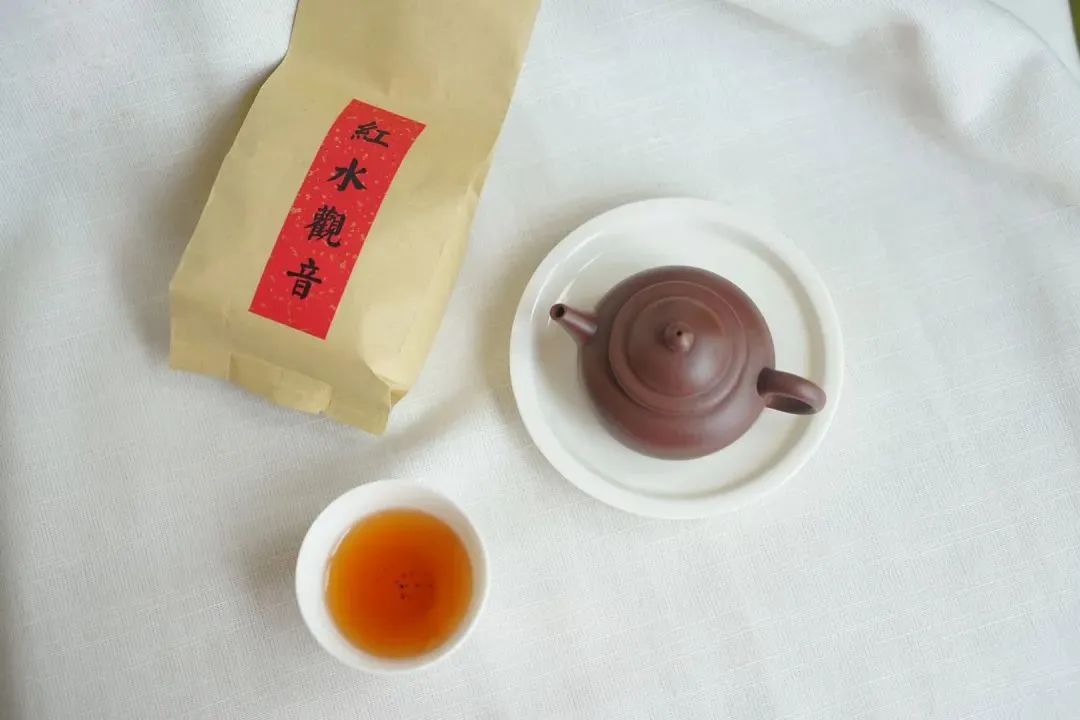
Hongshui oolong tea soup and tea packaging
Picture source: Duoliaocha public account
Red, refers to soup color. But please note that the "red" here is not understood as "wine red" or even "purple red". Otherwise, does the red water oolong become black tea? The soup of red water oolong is basically a calm orange -red. Under the thick bubble, it will show a positive appearance. Because the soup is clear and translucent, it is called "red water" instead of "red soup". The older generation of people is very accurate in words, which is worth our learning.
Gan, emphasizes the sweetness of tea. The intensity of returning to Gan can go deep into the tongue, and it seems to have a sense of Mingquan. Thick, it is the texture of the tea soup. Do not thin the soup, but have the texture of rich pectin. Cool, naturally refreshing, not sticky or procrastinating, and it should not be strange. The last "cool" is quite interesting. Although the tea soup is hot, it can be a cold breath after the entrance. This feeling is called "cold throat" at home, and sometimes it can be found in Liubao and rock tea. But if you want to experience the cold throat, not only the tea is good, but also the heart is quiet. Good tea is easy to find, and mentality is the most rare. Therefore, some people have been drinking tea for many years and have not experienced this "cool" feeling.
Why do the old tea artist must make oolong tea into red water?
Can't you make oolong tea in a small fresh style?
It really doesn't work.
It turns out that the altitude of the Fujian tea area is generally not high. Coupled with the conditions of the oolong variety, the original taste is too bitter. Therefore, the tea farmers must use a relatively high fermentation degree, twist multiple times, and bake in a longer time with a relatively long time. Finally, the sweetness, aroma and charm of Oolong will be shown, but the shortcomings of the original production area are changed into characteristics and charm.
This is just like the large leaf species in Yunnan, which is too bitter to make green green tea, so over time, the Pu'er craftsmanship of the post -fermented fermented was developed. It uses the characteristics of the rich material in Yunnan large leaf species to promote its later transformation. In fact, the principle of tea is connected with the principle of education.
Education, pay attention to teaching according to their aptitude.
To make tea, it must be cast according to the aptitude.
In this reason, the older generation of Yunnan tea -making people understand, and the older generation of Fujian and Taiwan tea people also understand. Do you understand or not? I can't answer.
○ The disadvantage of red water oolong
When making tea, it adapts to nature, reverses the disadvantages into advantages, and takes care of the body when drinking tea. It is both thirsty and can nourish the stomach. This is the charm of traditional red water oolong. If you really want to talk about the shortcomings of red water oolong, of course, there are. That is, it is too much like green tea.
how do I say this?
You know, oolong tea is just popular in Fujian, Guangdong, and Taiwan, which is popular in my country. However, looking at the whole country, almost all of them are the world of green tea. It is necessary to dependence on Green Tea in Jiangnan, South China, and Southwest China. Even the Sanbei region (North China, Northeast, and Northwest), which is keen on the tea, is actually respecting green tea. Like the Beijing city when I was a kid, if I would hold two boxes of high -end green tea for my relatives and friends during the New Year, it was very face -to -face. Besides, jasmine tea is also based on green tea. Therefore, people who drink flower tea are also close to green tea. Of course, green tea should have been like green tea, and oolong should have the charm of oolong. This is all incomparable things. And that year, people's drinking types were more monotonous. Different tea sales areas, drink different types of tea. The old predecessors of Beijing Tea Company recalled to me that in the 1980s, Beijing City could not sell two pounds of Tieguanyin for a year. It was the leaders or professors of Fujian natives. They specially ordered to the company. Generally, the people in Beijing did not drink those tea.
Therefore, the green tea and oolong at that time can really be said to be well water. The author has a collection of promotional cards printed by Xiamen Branch of the China Local Protection Import and Export Company of China in the 1980s. The oolong tea above, the tube is Tieguanyin, Golden Gui, or the fragrant tea, and Zhengxi tea. The photos are still a bowl of red and bright tea soup.
In the 1980s, traditional craftsmanship oolong tea packaging paper
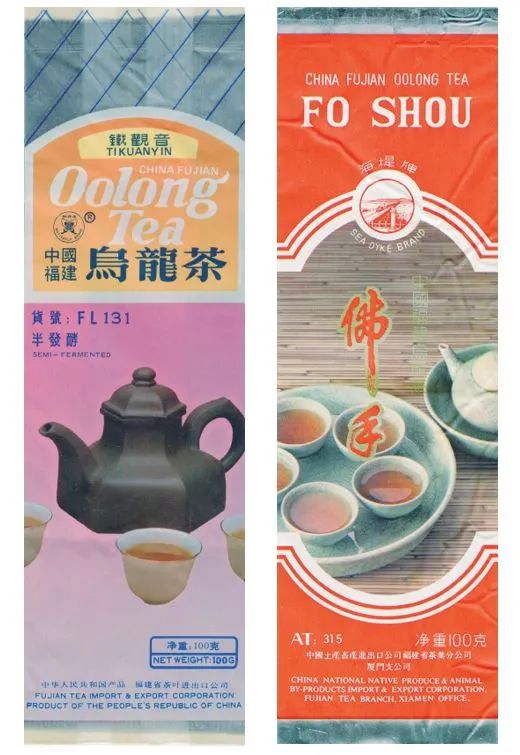
But when Oolong tea wants to get out of the southeast coast and then go to China, it encounters huge difficulties. Because most areas across the country drink green tea or flower tea. Consumers expressed their doubts about the red tea. Taste the taste again, and the strong baking flavor was also frowned. Touch the two sips, and did not find any fragrance. With the tea cup, they turned their head and left.
○ The fall of red water oolong
Therefore, in order to change from the niche tea to mass tea, oolong tea must break niche aesthetics to meet the public aesthetics. The Chinese public generally likes green tea, so oolong tea must learn from green tea, and even move closer to green tea. Only in this way can consumers who are accustomed to drinking green tea that year try to accept oolong tea. At the beginning of this century, Tieguanyin became popular in Beijing, relying on the means of "green teaization". This trick is indeed effective, and it has also opened the national market with Oolong tea represented by Tieguanyin. So the tea soup at that time was already yellow -green. As for the so -called red water oolong, the tea merchants are afraid of it, and of course no one will mention it.
Picture source: Duoliaocha public account
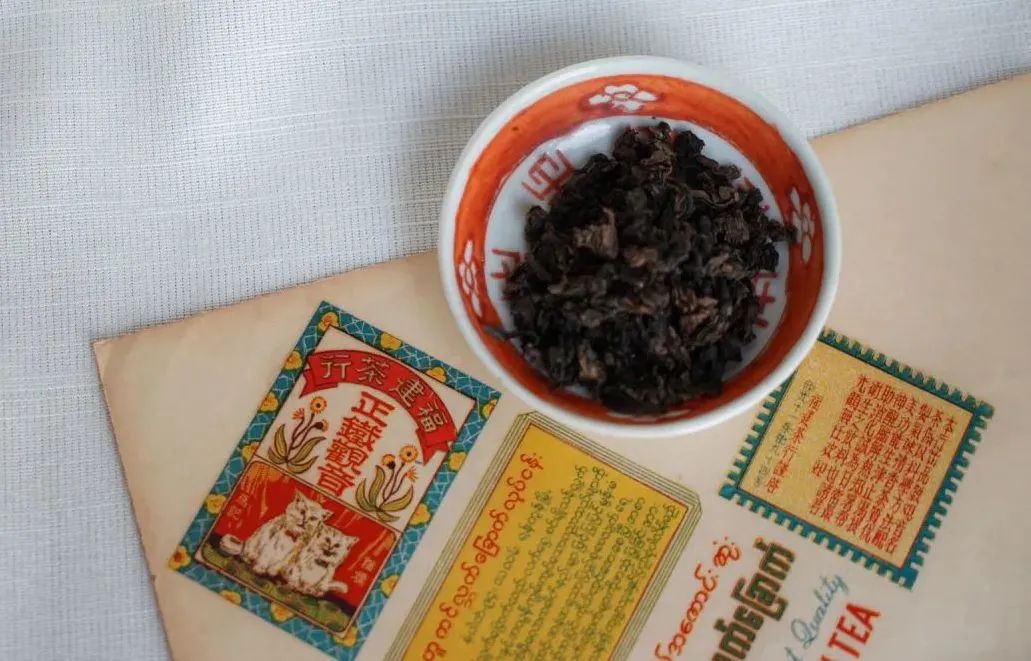
Mr. Lu Lizhen, a senior in Taiwan's tea industry, also talked to me about the past of traditional red water. According to the old tea master in Taiwan, the traditional oolong must be transparent. The most taboo is the tea taste. First of all, the tea is "transparent", so that there will be no green tea and tea green flavor, and you will not have stomach pain after drinking.
In addition, the production of red water oolong has another key point, that is, the water content of tea is less than 5%. This is not only fermented, but also to be roasted. If there is tea and green tea in tea, the fermentation of tea is not in place or the water content is high. Such tea is easy to cause stomach pain and not suitable for storage.
Green tea oolong tea is to make the taboos of making tea imperfect, so that such a new process of oolong tea is more than enough and the charm is insufficient. Fortunately, it is okay to say that it is unavoidable for a long time. And such oolong must be treated with popsicles, and it is refrigerated in the refrigerator all year round. Once you get the normal room temperature, it will deteriorate immediately, and you can't talk about it for a long time.
More importantly, the fermentation and roasting process of oolong tea is not transparent, and the tea soup is very stimulating to the gastrointestinal stimulation. Therefore, the green tea oolong tea has been on fire for a while, and now it has disappeared in the market. To this day, there are still many people who have been hurt by this kind of tea, and the words "oolong tea" are still painful. The reputation is difficult, and the fame is difficult, and the entire oolong tea is ashamed.
○ The decline of red water oolong
Who is the traditional red water oolong? unknown. Because this is not government behavior, but the spontaneous market changes of tea merchants. But be sure, the origin of oolong green tea starts from the alpine tea in Taiwan.
After the 1970s, with the sharp improvement of the Taiwan economy, the improvement of the construction of mountainous roads and the opening of policy and decree, the beautiful scenery and rich products in the alpine regions of Taiwan were presented in front of the people of Taiwan. There are many mountains in central Taiwan, and altitude can generally reach more than kilometers. The climate here can indeed grow high -quality tea with high amino acids and low tea polyphenols. According to the introduction of Taiwan tea farmers to introduce me: Alishan's tea, you can make good tea with your feet.
Therefore, the oolong of the Gaoshan Tea Area in Taiwan can appropriately reduce the degree of fermentation, and then use fine roasting to form its own style. The fresh and full flavor of the alpine tea in Taiwan, so that people who are accustomed to traditional oolong tea have a refreshing feeling. Some young and beautiful women who do not drink tea have also begun to get close to tea due to alpine tea. For a while, Takayama Tea became popular, and many traditional Taiwanese tea gradually declined.
Looking back at the early tea area, due to the low altitude, the bitter substances in tea leaves are high, so people pay attention to the must be enough to ferment tea, and use roasting refinement to overcome the bitter substances in the tea, and turn the disadvantages into advantages, but but Since the rise of Takayama Tea, because of the fragrance of Takayama Tea, it has become the mainstream of the market. These low -altitude tea areas have also been forced to make light fermented tea in response to the market. Although this approach is in line with the laws of the market economy, it does not meet the logic of tea making. The corner of the old tea house in Taiwan
○ The influence of red water oolong
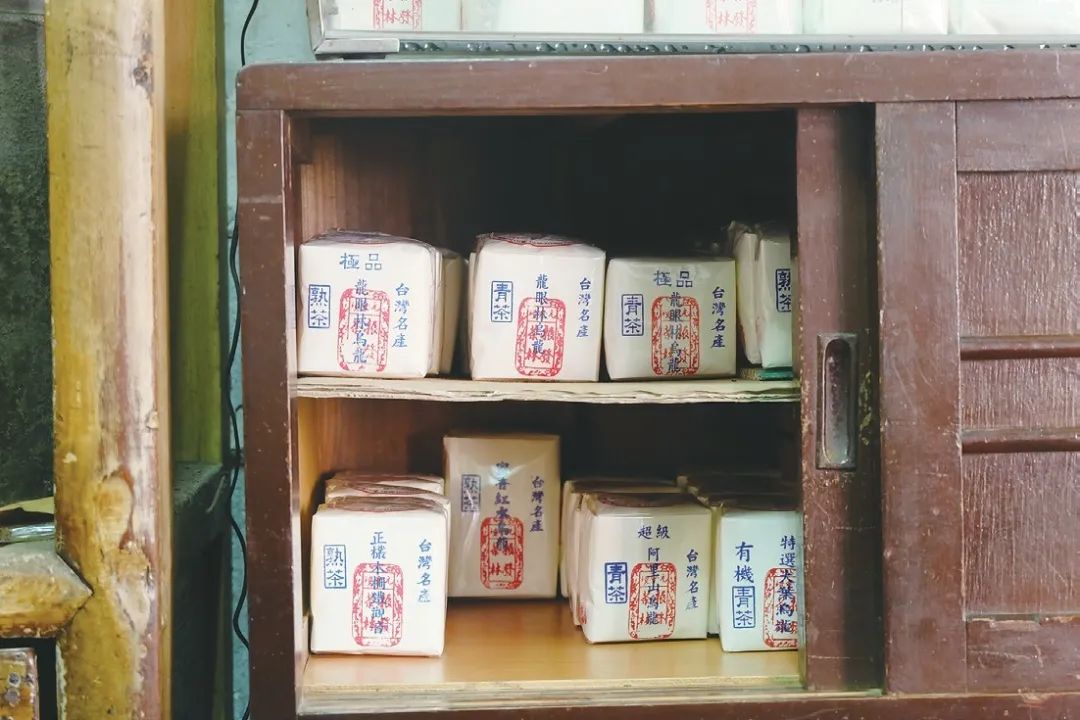
The rise of Taiwan's alpine tea not only shakes the area of the red water oolong, but also produces a series of chain reactions. The impact of red water oolong has still affected our tea industry.
First of all, it has fundamentally changed the aesthetic trend of oolong tea on both sides of the strait. Since the beginning of the alpine tea in Taiwan, whether it is frozen Uolong or Tieguanyin or Golden Gui, it has all made a "small fresh" style. It sounds good to be called Jin Tangyu liquid. Therefore, the Beijing elder brother I met before, so I mistakenly regarded Tieguanyin as a green tea. For a while, the soup broth was so clear. As for the charm of oolong tea and the iron soup iron, no one will talk about it at all.
Secondly, it is the generation of Pu'er tea and cooked tea.
Since the advent of Takayama Tea in Taiwan, the style has been in sharp contrast to the traditional red water oolong. As a result, the tea drinker slowly divided into two factions. So how to describe these two factions? Could it be, some of them drink red, and the other part of the yellow? People who are unknown think they say red wine and rice wine. This is obviously inappropriate.
Over time, people use the word "raw" to describe the emerging alpine tea. The word "raw" is used as an adjective when combined with the word "tea". Raw tea can refer to tea that is still active without roasting or light fermentation or light taste. Therefore, it is appropriate to describe the new school of oolong that describes light fermentation and light roasting (or not roasting). Correspondingly, those traditional red water oolongs are called cooked tea.
The corner of the old tea house in Taiwan
With the popularity of Pu'er tea in Hong Kong and Taiwan, this concept has also entered the field of Pu'er tea. Nowadays, Pu'er in Yunnan uses and mature as the first classification method. The author checked the information of the first China Pu'er Tea International Academic Symposium in 1993, and found that no matter in the dissertation or scholars at home and abroad, no life and mature concepts were used in Pu'er tea. In other words, the concept of raw and cooked tea is that with the intervention of Taiwanese tea merchants, it has gradually been used from the oolong field to the Pu'er tea industry.
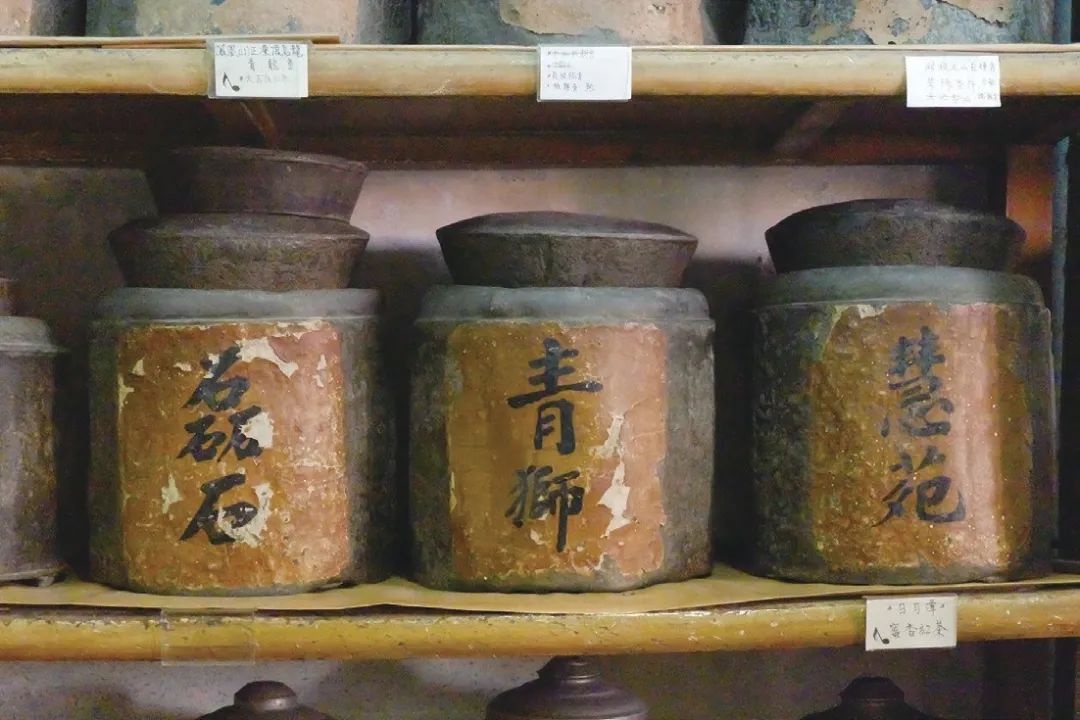
The decline of the red water oolong, the rise of the clear soup oolong has contributed to the application of the concept of raw and cooked tea, which has thus produced the butterfly effect, which has a significant impact on the contemporary development of Pu'er tea. Although this dual -point method of life and maturity is very rough, its simple and clear concept allows entryrs to quickly understand the differences in taste, and then further enter a more complex field. Objectively, the promotion and development of Pu'er tea has been promoted.
○ A few words of gossip
There is a kind of snack in Beijing called bean juice, which must be authentic with a sour rose. People who love bean juice say this is fragrant. People who don't love, say this is odor. The unique taste of bean juice determines that it cannot become a popular diet. Even in Beijing, there are only a few shops running bean juice. Among them, the Magnetic Bean Juice Shop is cooked. Niujie Baoji and Beixinqiao three are sold. If you go to a large -scale supermarket hot business district, you can't find it. No way, bean juice is niche.
Beijing snack bean juice and coke ring
Picture source: Duoliaocha public account
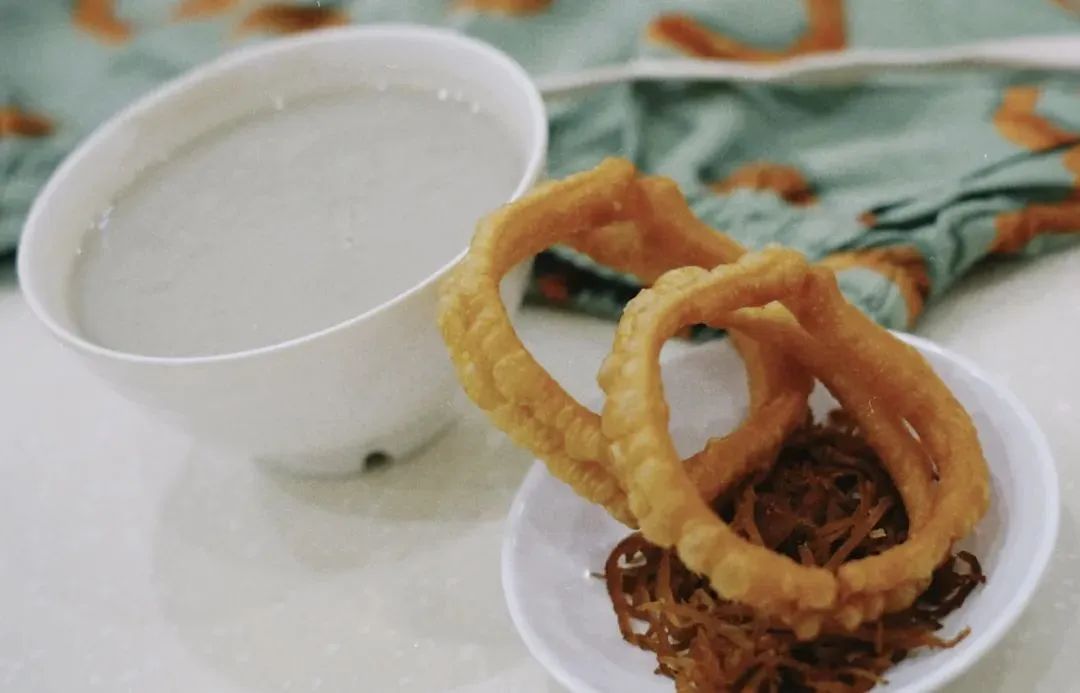
The red water oolong is the same as Beijing bean juice. It is just a niche taste, which only meets niche aesthetics. Only those lovers who are willing to take the time to carefully brew and drink carefully can enjoy the charm and charm of the red water oolong. But some people think that the niche business can be bigger? As a result, in order to improve the "backward" of Oolong tea, some people began to actively seek changes in the technology of oolong tea. The red water oolong becomes the product of the "progress" thinking. What is the final result? The market has explained everything.
At this point, I can't help but think of a Zen poem from the monk in the end of the Tang Dynasty. The original text is as follows:
Squeeze the green seedlings and plant Futian, and look down at the water in the water.
Six roots are pure square and rice, and the steps back are forward.
The thought of Zen is to promote the active labor of the monks, so as to enlighten the meaning of the Dharma. This poem is written with the most common seedlings in the countryside. Before realizing agricultural mechanization, transplanting seedlings was one of the most basic farmers. Like my mother, when I was young, I worked in rural areas in the suburbs of Beijing, and she also often inserted rice in the paddy field. When I was young, I often heard her memories of the hard work of inserting rice. So when I read this poem, I feel very kind.
In order to set the centralized cultivation of rice seedlings in the rice fields, the workers must bow their heads to bend over a piece of seedlings. If you go forward, you will step on the seedlings that have been inserted. They can only retreat step by step. Zen monks saw the truth in such a simple and repetitive labor, and wrote the above -mentioned method.
The interesting thing about this poem is to write more in one language.For example, the word "Futian" is not only to say that its fields, but also the Ford of cultivation.The saying of "Fangcheng Rice" is not only written as rice, but also a metaphor.As for the phrase "retreat", it is not only to say the puzzle of rice, but also implies the philosophy of life.Picture source: Duoliaocha public account
We went to change the niche taste of red water oolong and forcibly let her meet the market to presence the public. This seems to be a progress, which actually brings great harm to the oolong tea industry.I really want to be a tea person and can read this Zen poem.I really hope that the current oolong tea can return back to the old red water oolong.
Returning to move forward, it is a kind of wisdom and courage.
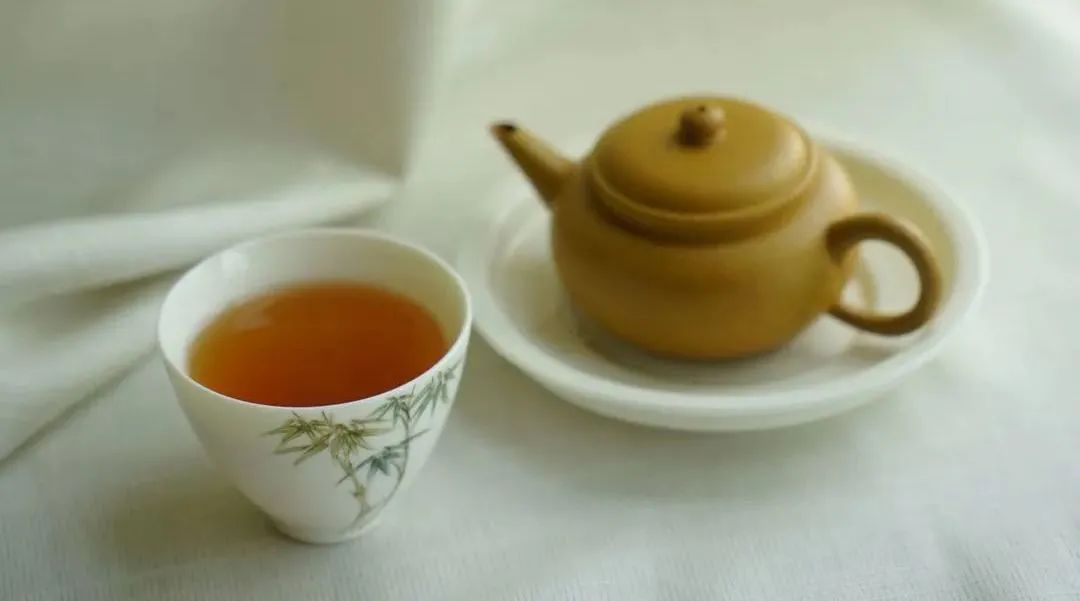
The content of this article is selected from "Eat Tea Fun"
Yang Duojie
Life · Reading · Xinzhi Sanlian Bookstore Life Bookstore Publishing Co., Ltd.
Note: Some pictures in the text come from the Internet
If there is any infringement, please contact us to delete
Capture in this issue: Hu Heyi
Editor in this issue: Zhao Qingming
- END -
It's so "dad"!This Father's Day, let them tell you that dad can look like this
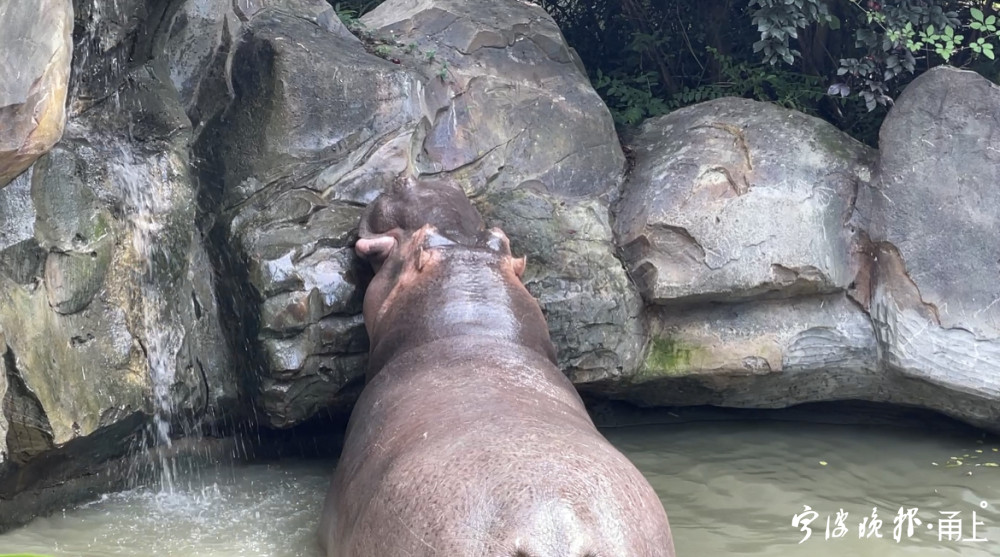
Speaking of your father, what do you think of? Is father love like mountain? Or fa...
Li Yongjun, deputy director of the Provincial Pharmaceutical Supervision Bureau, and his party to transport the city to supervise the supervision of the new crown virus nucleic acid testing agent

On June 15th, Li Yongjun, a member of the Party Group and Deputy Director of the S...